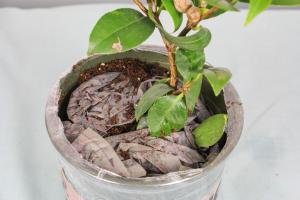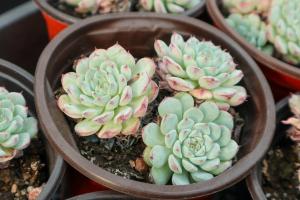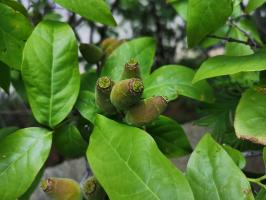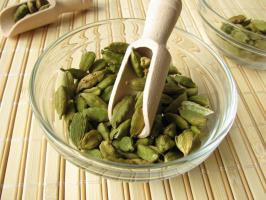When to Plant Butternut Squash: A Beginner's Guide
Introduction
Butternut squash is a delicious and nutritious vegetable that can be enjoyed in a variety of ways, from roasted to pureed in soups. If you're thinking about growing your own butternut squash, it's important to know when to plant it to ensure a healthy and bountiful harvest. In this article, we'll explore the best time to plant butternut squash and provide tips for growing and caring for this tasty vegetable.
When to Plant Butternut Squash
The best time to plant butternut squash is in late spring or early summer, after the last frost has passed and the soil has warmed up. The ideal soil temperature for planting butternut squash is at least 60掳F (15掳C), as this will promote germination and strong root growth. In most areas, this means planting between May and June.
Planting Tips
When planting butternut squash, it's important to choose a sunny and well-drained location in your garden. Butternut squash thrives in rich, fertile soil that is rich in organic matter. Adding compost or well-rotted manure to your soil before planting can help provide the nutrients your plants need to grow and produce healthy fruits.
To plant your butternut squash, dig a hole that is at least 1-2 inches deep and place your seeds inside. Cover the seeds with soil and pat down gently to ensure good soil contact. Space your plants at least 2 feet apart to allow for healthy growth and plenty of room for the vines to spread out.
Care and Maintenance
Once your butternut squash plants are established, they will require regular care and maintenance to ensure a bountiful harvest. Be sure to water your plants deeply and frequently, especially during dry periods or heat spells. Butternut squash plants also benefit from regular fertilization, so consider using a balanced fertilizer or compost tea to keep your plants healthy and strong.
One of the biggest challenges of growing butternut squash is managing pests and diseases. Squash bugs, vine borers, and powdery mildew are all common problems that can affect your plants. Regular scouting and monitoring can help you catch these problems early and take proactive steps to prevent or treat them. Some preventative measures include planting resistant cultivars, practicing crop rotation, and using organic pest control methods.
Harvesting and Storage
Butternut squash is ready to harvest when the fruits are fully mature and the skin is hard and difficult to pierce with a fingernail. This typically occurs between 80-120 days after planting, depending on the variety and growing conditions. Cut the fruits off the vine with a pair of pruning shears, leaving a 1-2 inch stem attached to the fruit.
After harvesting, cure your butternut squash in a warm, dry place for at least a week to help harden the skin and improve flavor. Store your squash in a cool, dry place with good ventilation to prevent mold and rot. Properly stored butternut squash can last several months, making it a great addition to your fall and winter meals.
Conclusion
Growing butternut squash can be a rewarding experience for both novice and experienced gardeners. By following these tips for planting, care, and maintenance, you can enjoy a bountiful harvest of delicious and nutritious butternut squash. Remember to plant your squash in late spring or early summer, and provide plenty of sun, water, and nutrients to promote strong growth and healthy fruit.

 how many times do yo...
how many times do yo... how many planted tre...
how many planted tre... how many pine trees ...
how many pine trees ... how many pecan trees...
how many pecan trees... how many plants comp...
how many plants comp... how many plants can ...
how many plants can ... how many plants and ...
how many plants and ... how many pepper plan...
how many pepper plan...
































